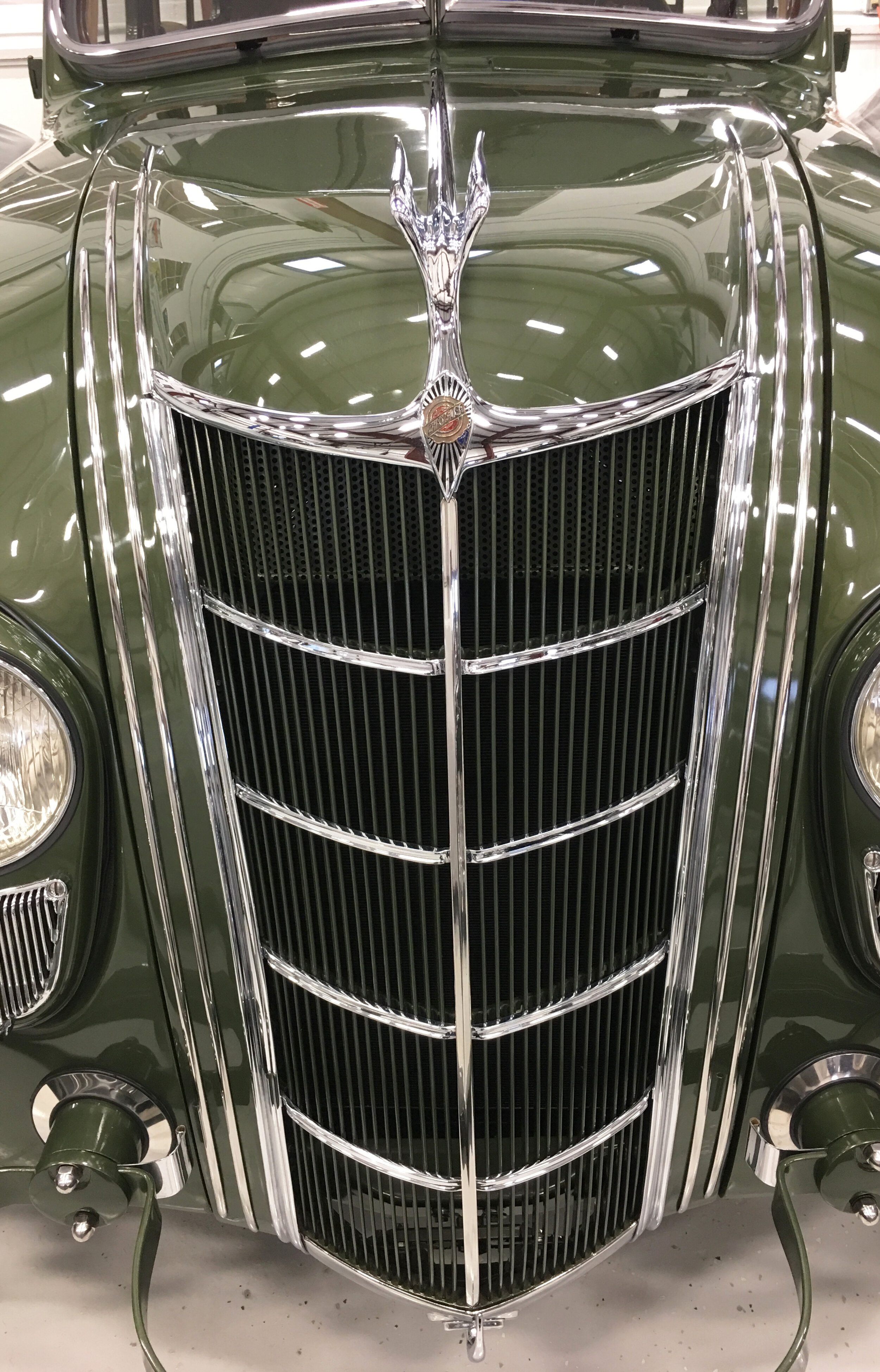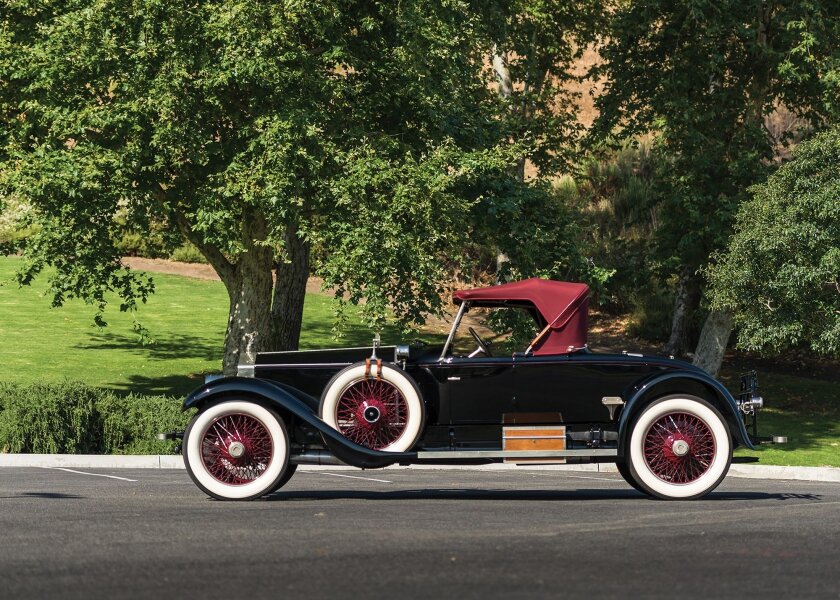1935 Chrysler Airflow
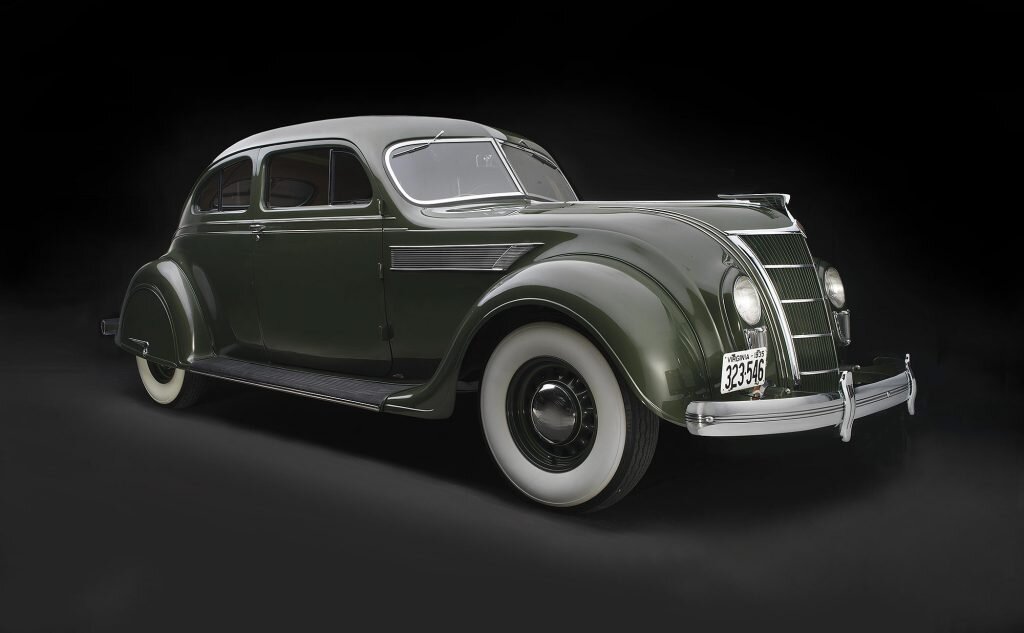
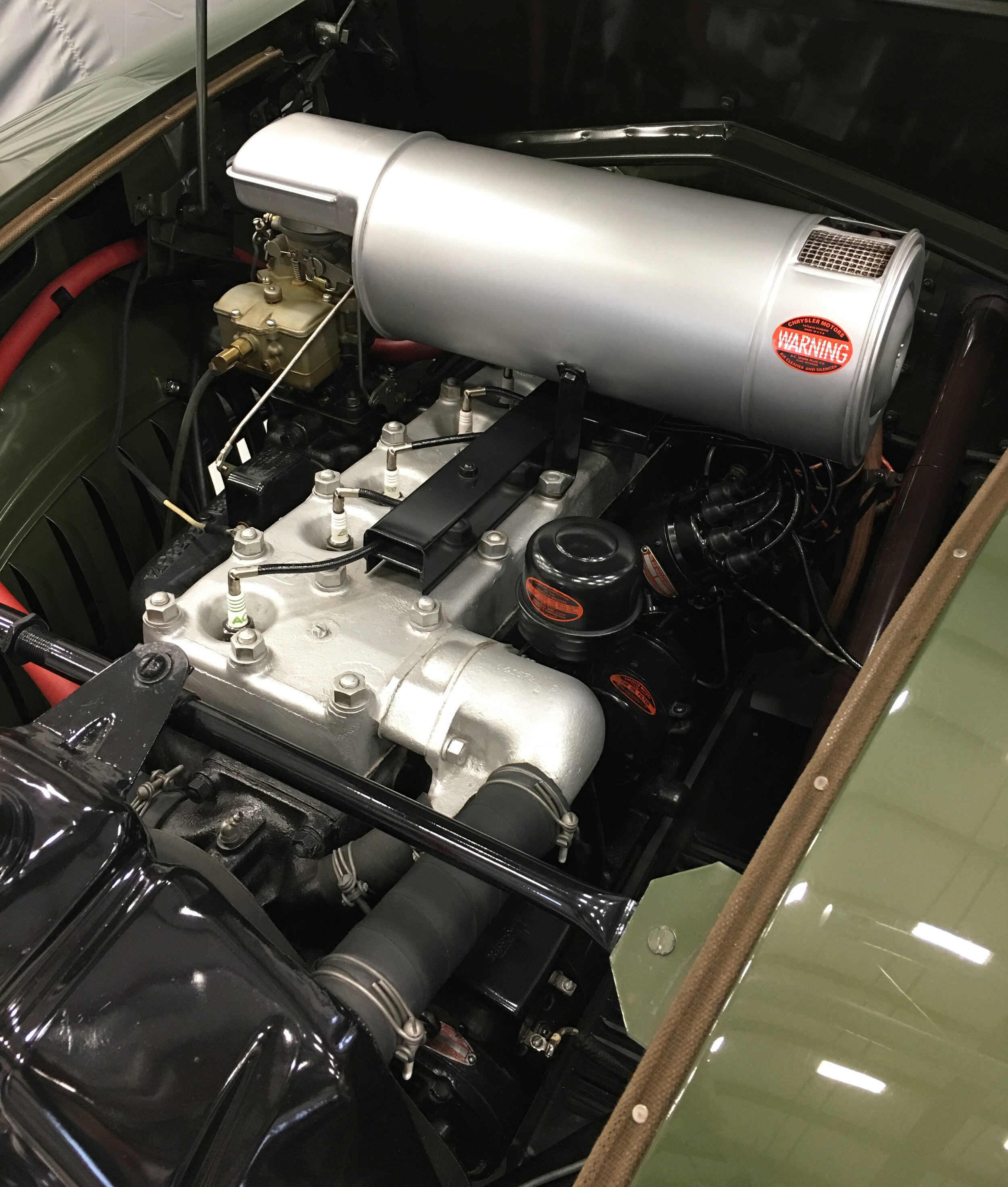
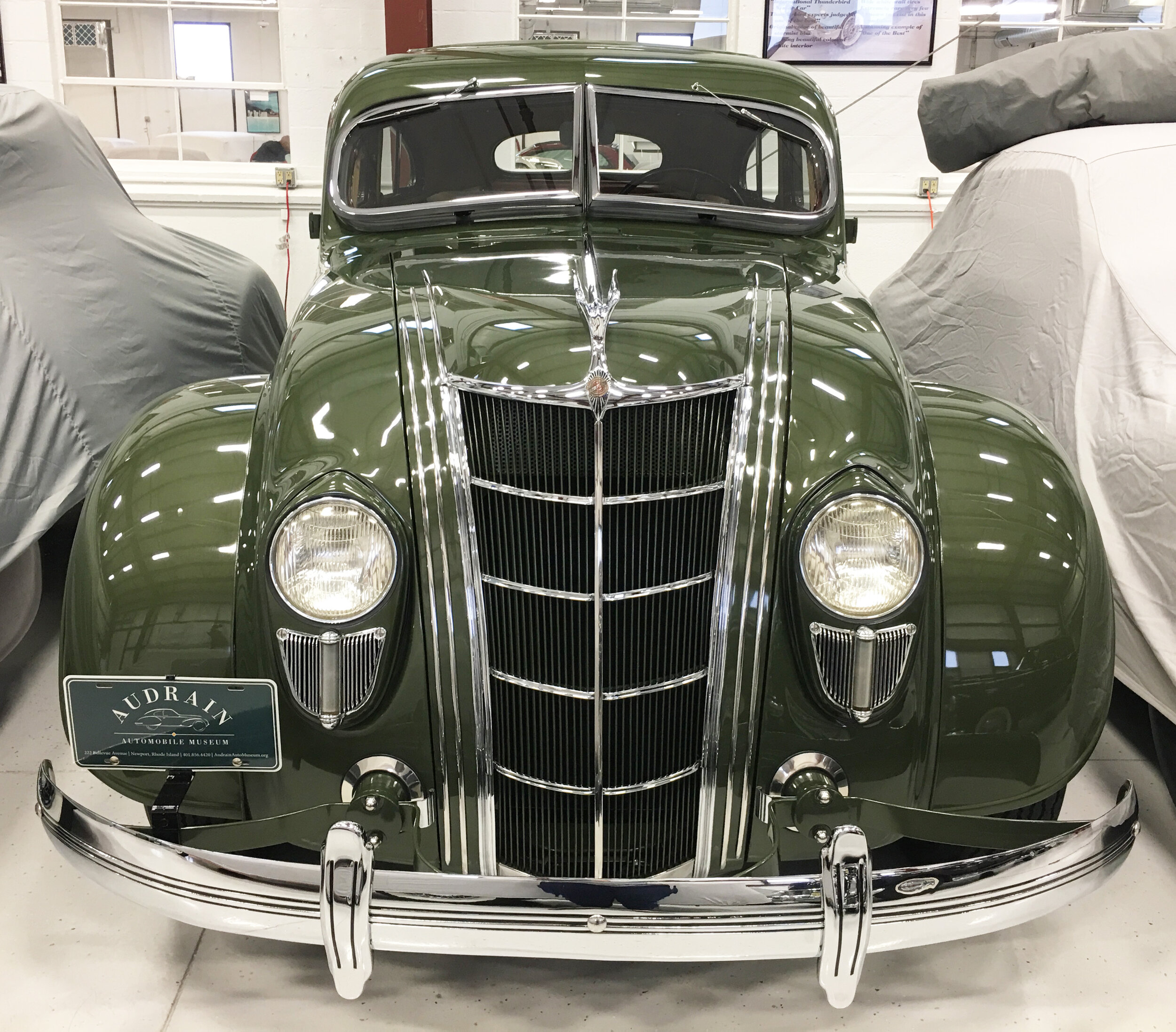

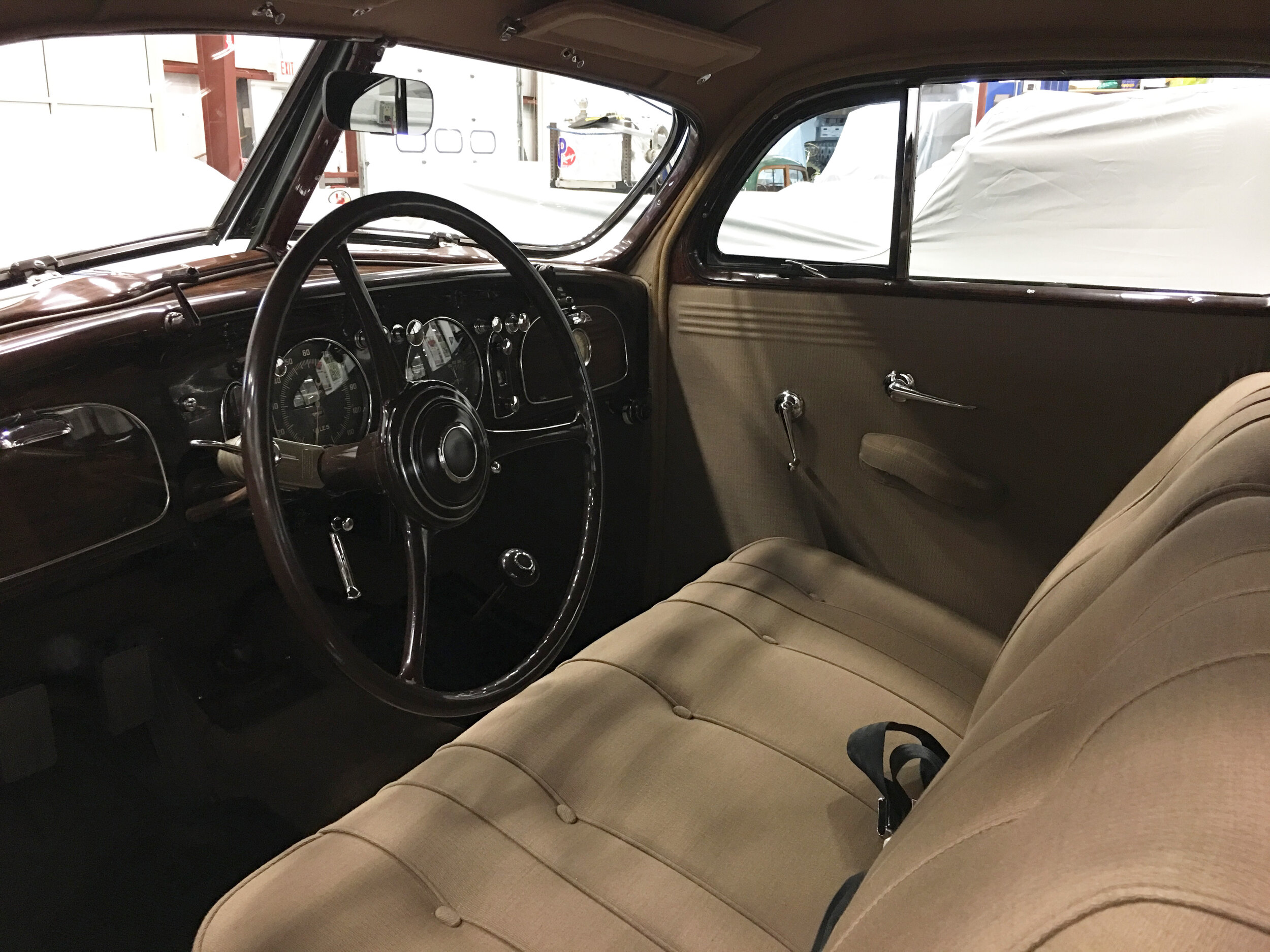
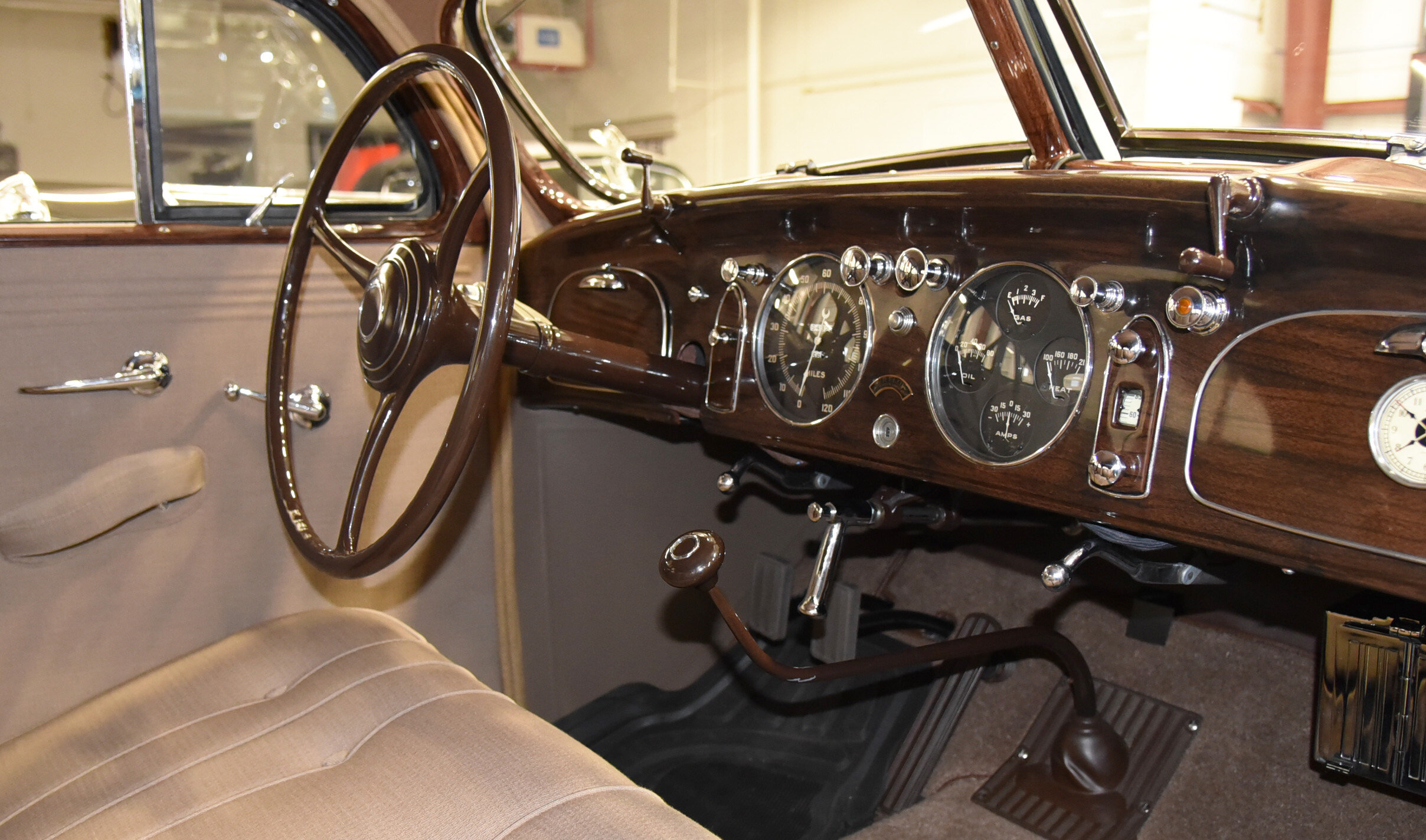

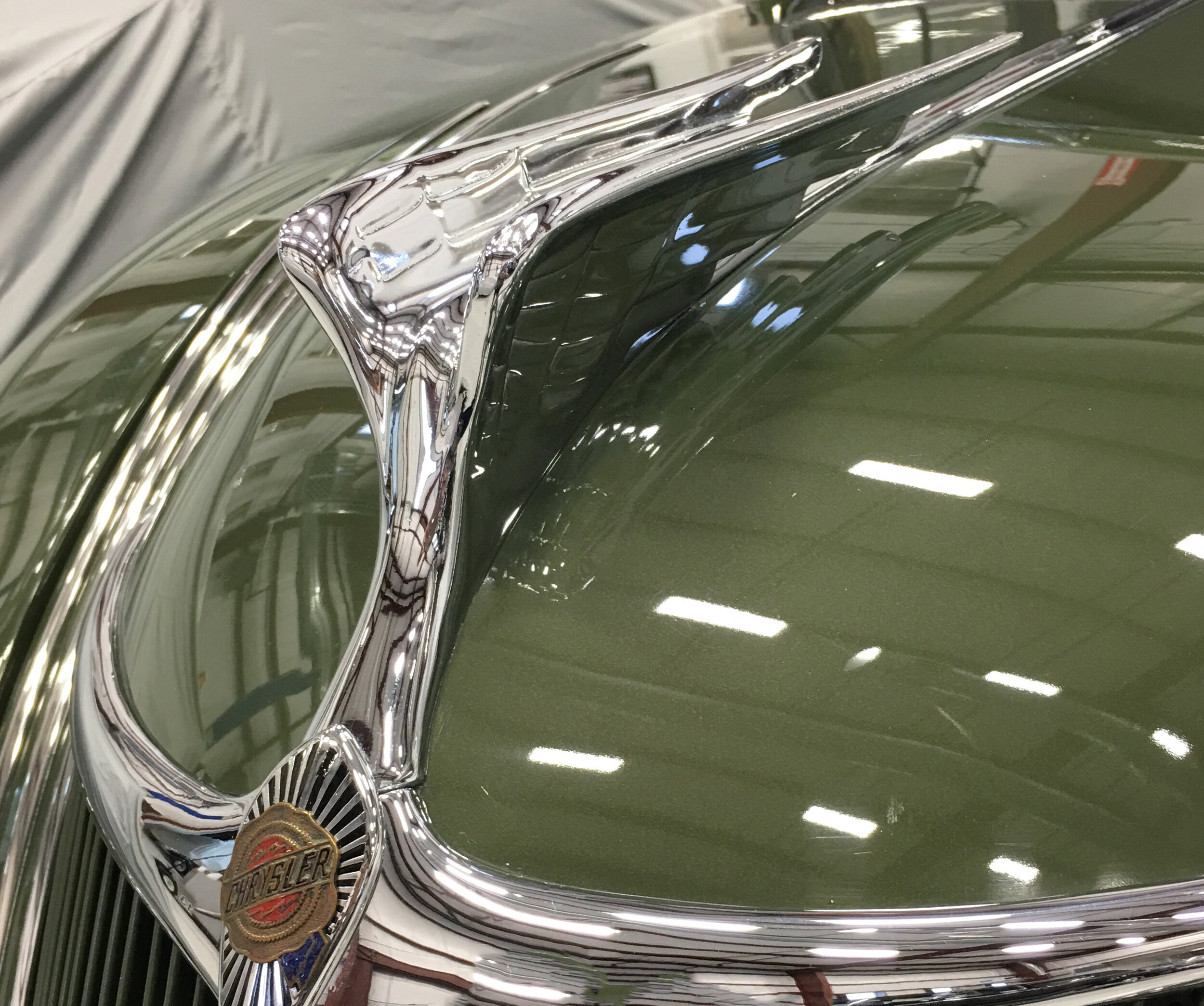
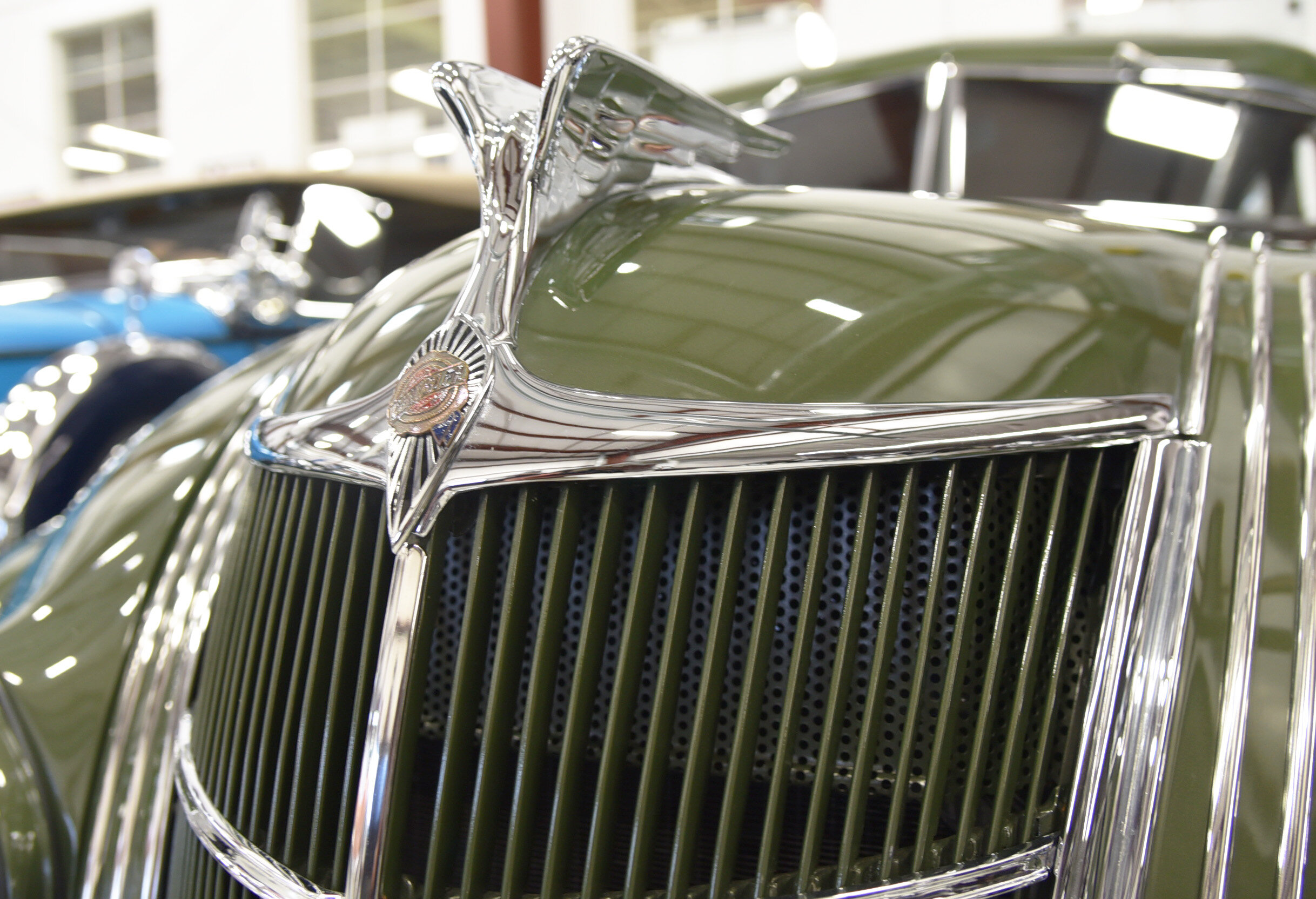

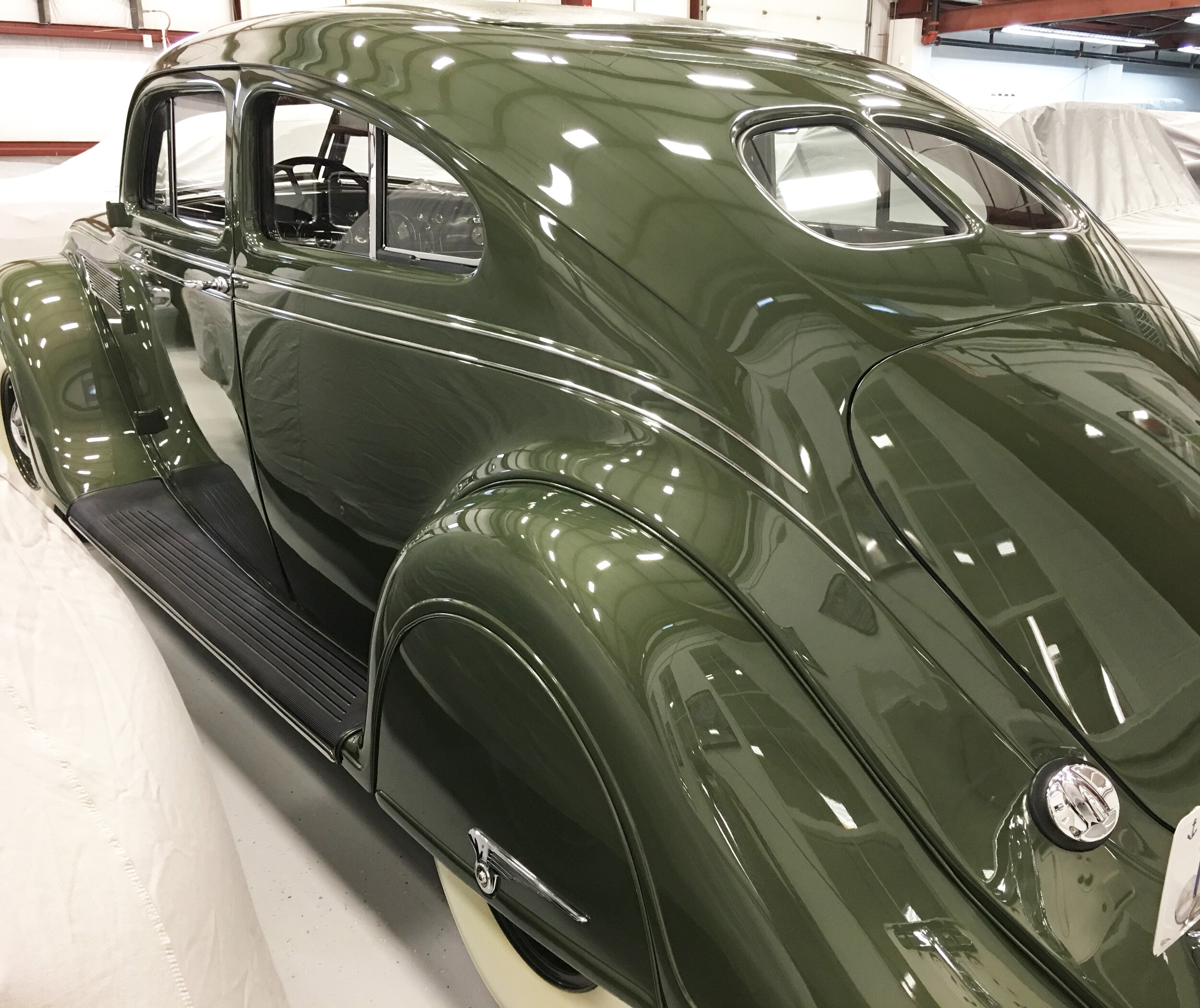
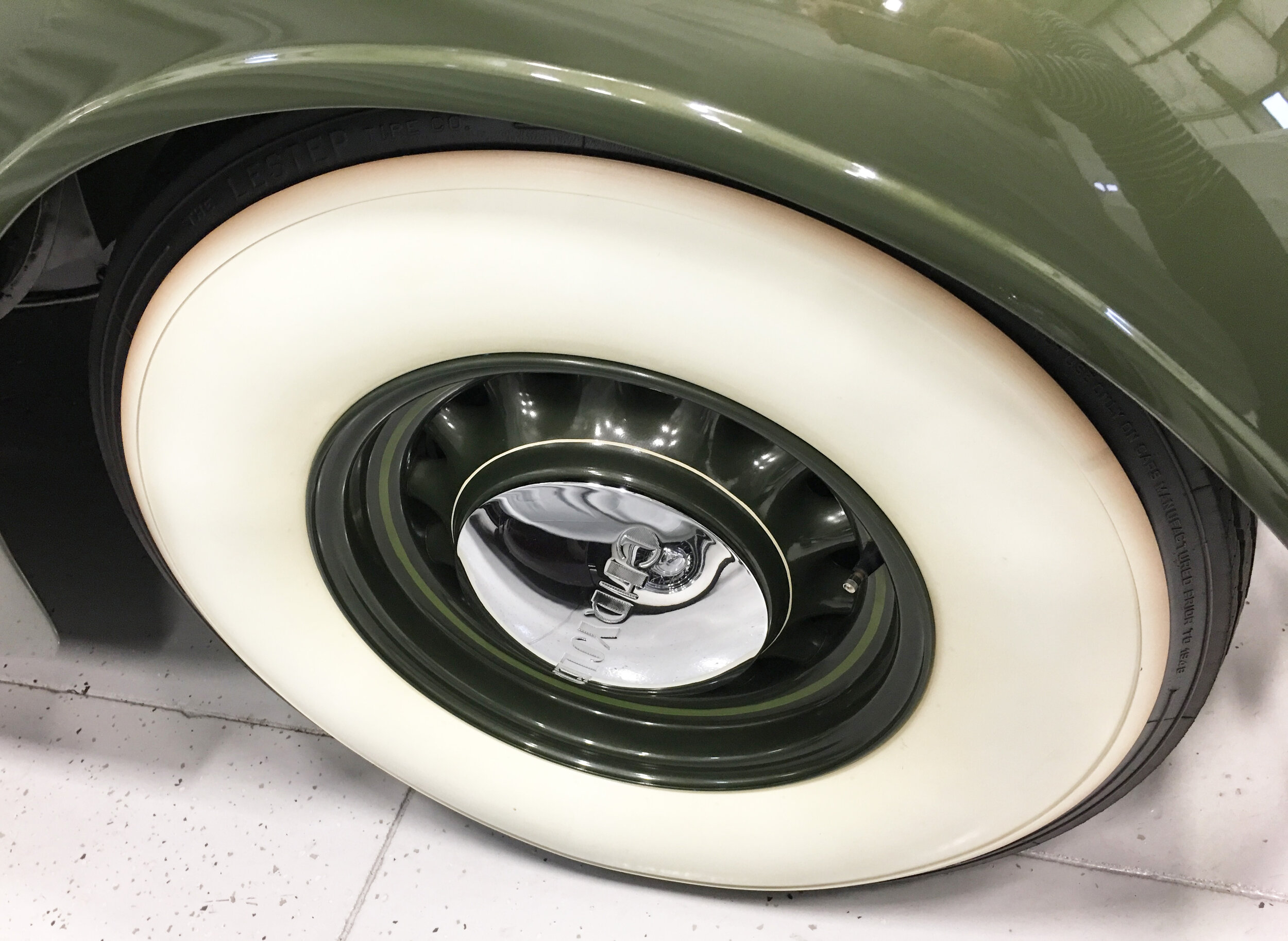
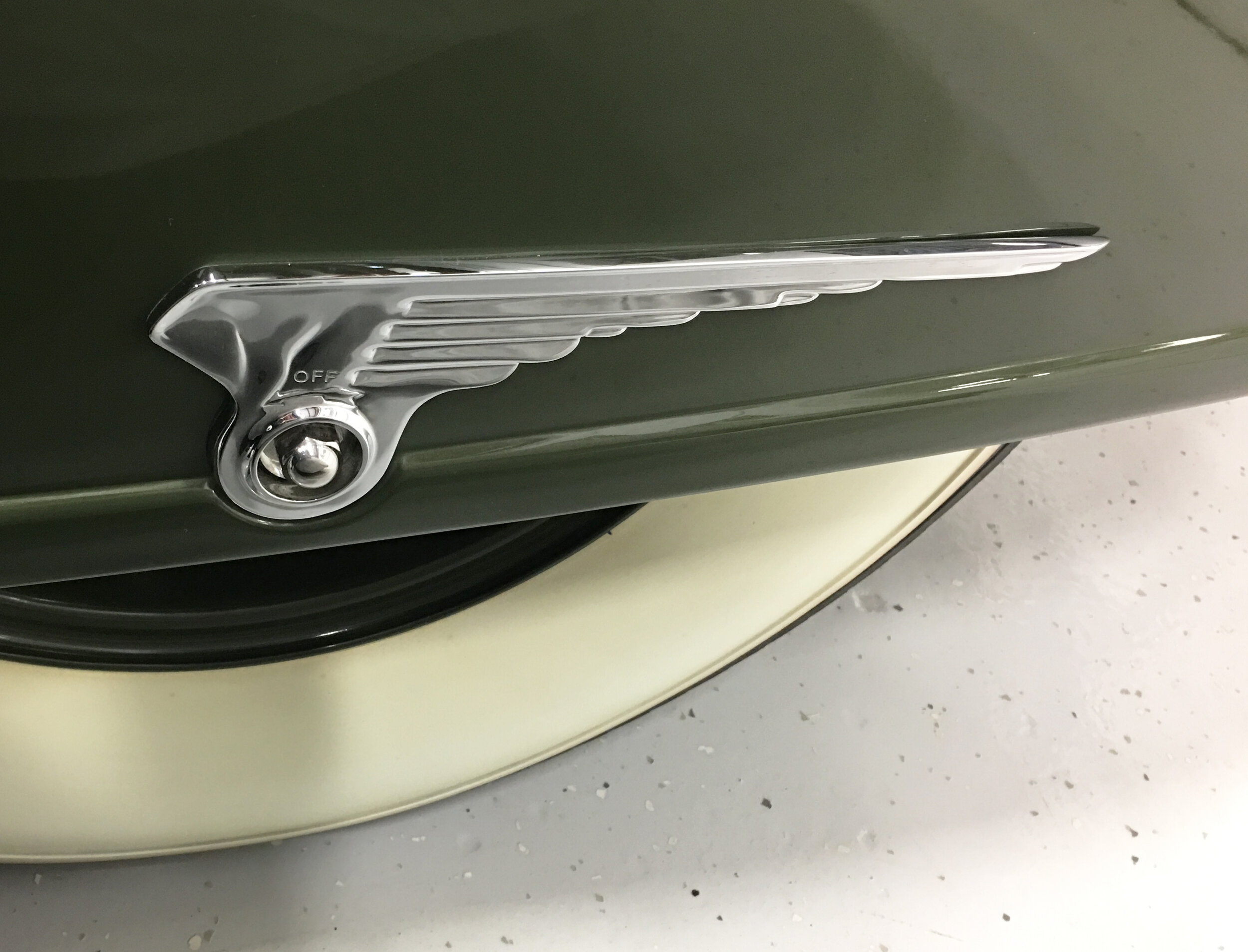
Specifications:
Engine: 299CI L-head Inline Eight
Horsepower: 122 @ 3400 RPM
Top Speed: 95 MPH
Suspension: Rigid axles, semi-elliptic leaf springs
Brakes: Lockheed hydraulic drurn type (CW vacuum assisted)
Cars on the road in the mid 1930’s were all quite similar; large, boxy automobiles traditionally built with the body attached to the chassis. With the help of Orville Wright, Chrysler engineers set out to create a revolutionary car that was lighter, more aerodynamic and had a better weight distribution front to rear.
All areas of the car were taken into consideration to improve overall dynamics. A traditional two-box design car of the time carried roughly 65% of its weight over the rear wheels, which worsened with passengers. The new Airflow’s engine was moved forward over the front wheels, and seating positions for all passengers was moved forward so that rear passengers sat between the axles, not on top of the rear axle. This improved the weight distribution to 54% front and 46% rear, which evened to about 50-50 with passengers on board.
Chrysler built its own wind tunnel at the Highland Park headquarters to properly test aerodynamics. Engineers found that the two-box design that was seen on nearly all cars at the time was so aerodynamically inefficient, that it was actually more efficient driven backwards! This resulted in a streamline approach to every exterior section of the car; the windshield was comprised of two sheets of glass that raked backwards but also raked side to side at a ‘V’ angle. The front grille was not an intrusive upright piece, but more of an integrated ‘waterfall’ look, with the lights remaining relatively flush with the body. The front fenders enclosed the front tires, and the rear fenders nearly encased the rear tires to further improve the power to drag ratio.
With hundreds of hours of engineering dedicated to producing a more efficient car of the future, the public essentially was not ready for such an imperative change and the car did not sell as successfully as Chrysler had expected. However, although the car did not directly benefit the company as much as executives had hoped, the innovations the Airflow brought forth were not ignored by other manufacturers. Volvo was the first manufacturer to put a smaller copy of the Airflow into production, and the Peugeot 202 saw great success. The Toyota AA was the first car built by the brand, and was essentially a copy of the airflow.
This 1935 Imperial C-2 Coupe is one of ten known to survive of just 200 built. The Airflow is perhaps the best example of Art Deco style in the American idiom. This rare C-2 Coupe is a brilliantly conceived and well-executed machine that was simply too modern for its time.


